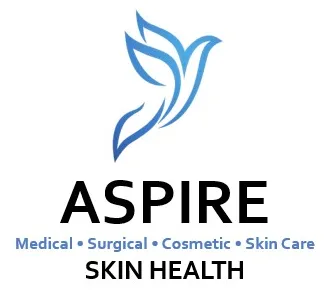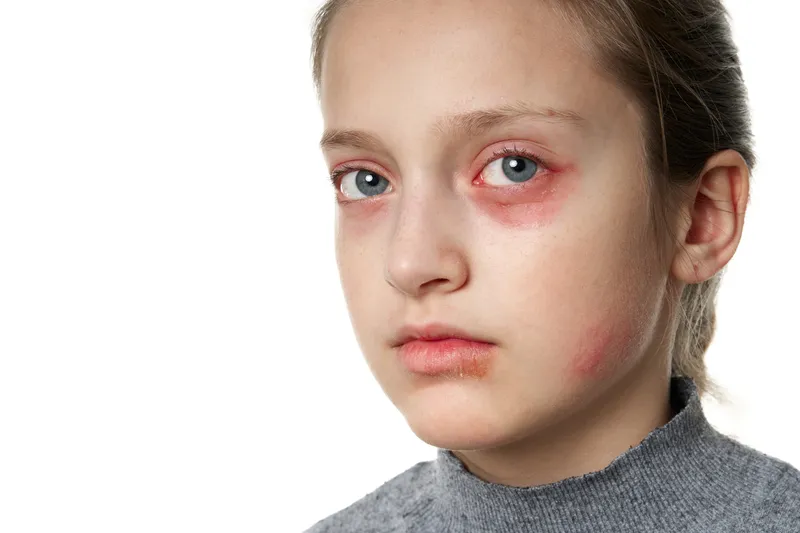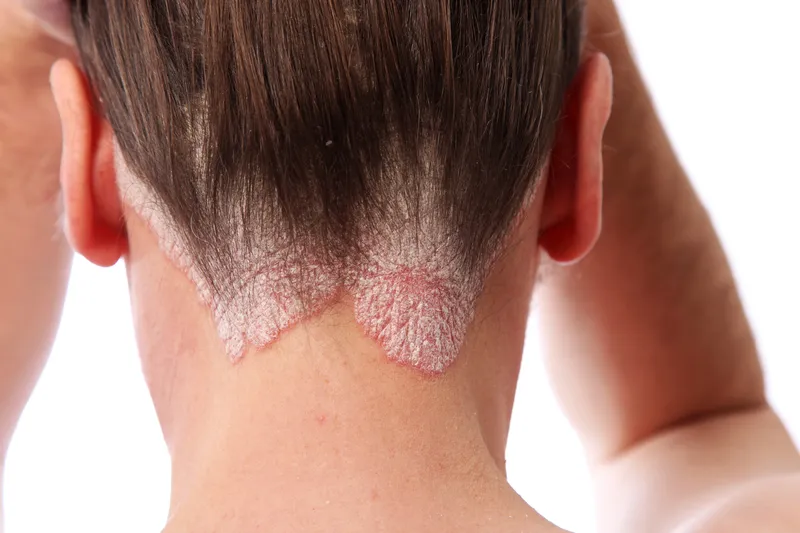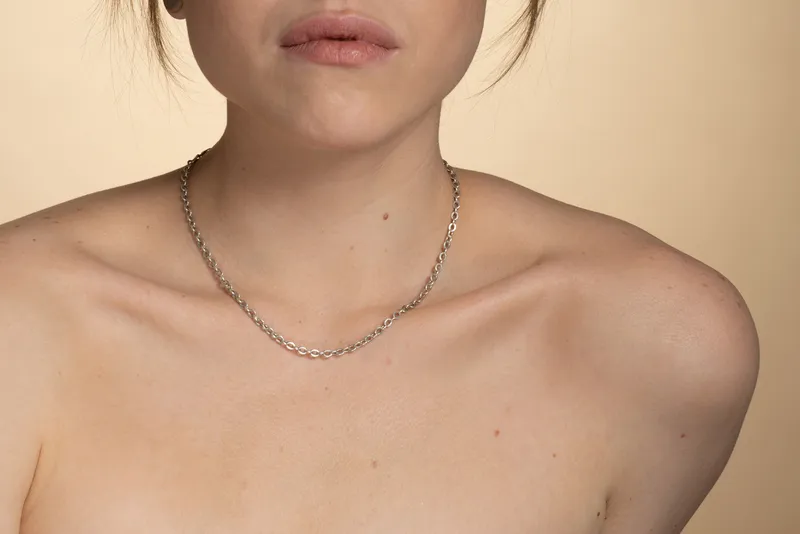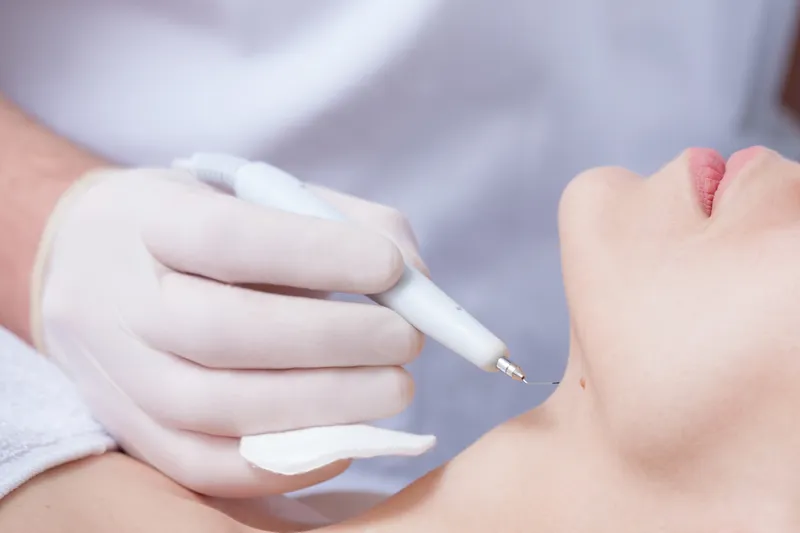Medical Services
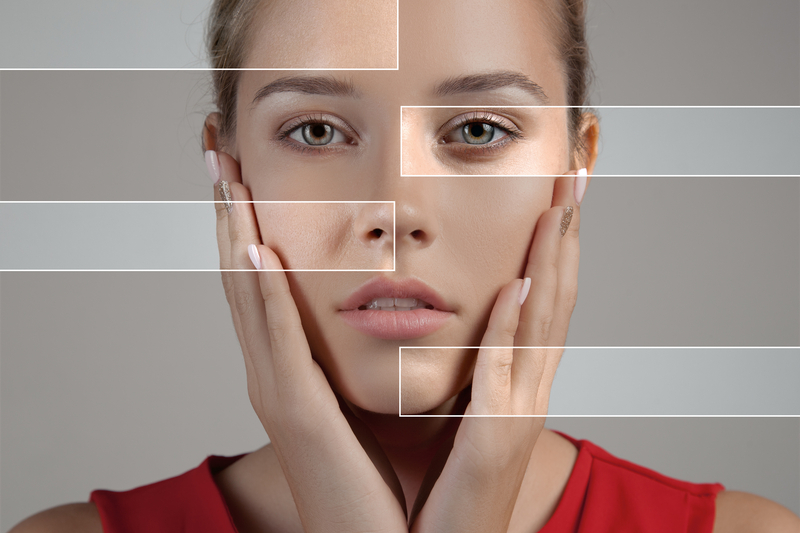
Why is it important to know your skin, hair and nails?
Medical conditions of the skin, hair and nails may be the early messengers for one’s overall health. When one part of the body becomes sick, another part such as the skin may change. Therefore, paying close attention to small differences in the skin, hair and nails is essential. By catching an illness promptly, doctors can intervene to alter the course of a medical condition.
If you have noticed changes in your skin for the worse, please schedule an appointment to have your concerns address. A small step, like a simple phone call, can be the best thing that you did for yourself.
What are some common dermatologic conditions?
At Aspire Skin Health, we provide a broad range of medical dermatologic services. The list below shows some of the common medical skin conditions that we treat. However, to keep the list short and easy to read, not all skin, hair and nail conditions are shown. Therefore, no matter what the dermatologic issue may be, please feel free to come see us for an evaluation.
Dermatologic Conditions Common
At Aspire Skin Health, we manage and treat many medical skin conditions. The list below are some of the most common skin conditions that we see every day.
Acne vulgaris
Blackheads, whiteheads, pimples
Acne, or acne vulgaris (typical teenage acne), is an extremely common, chronic inflammatory condition of the pilosebaceous unit. The pathogenesis involves multiple factors, including (1) increased sebum production, (2) follicular hyperkeratinization and corneocyte hypercohesiveness, (3) proliferation of the bacterium Cutibacterium acnes (formerly known as Propionibacterium acnes), and (4) inflammation that is neutrophil-driven in early lesions and Th1/Th17 driven in established lesions.
Acne presenting as nodules and/or cyst can result in scarring, including pitted or hypertrophic scars.
Actinic Keratoses
Precancerous Lesions
Actinic keratoses (AKs) are considered precancerous lesions and present as rough, scaly macules, papules or patches arising on chronically sun-exposed skin. These flat, scaly papules are of varying sizes and usually begin as “rough” localized skin lesions that can be felt but are difficult to see.
AKs have the potential to evolve into a type of skin cancer called squamous cell carcinoma (SCC).
Contact Dermatitis
Irritant or Allergic
Contact dermatitis presents as either allergic or irritant in etiology. While irritant contact dermatitis represents the direct toxic effect of an offending agent on the skin, allergic contact dermatitis (ACD) represents a delayed-type (type IV) hypersensitivity reaction that occurs when allergens activate antigen-specific T cells in a sensitized individual. Consequently, whereas irritant contact dermatitis can occur after one exposure to the offending agent, ACD typically requires repeat exposures before an allergic response is noted. ACD can occur 24-48 hours after exposure to the offending agent.
Contact dermatitis can also present as a systemic contact reaction with widespread lesions when the offending agent is ingested or present in an implanted device.
Cyst
Epidermal inclusion / epidermoid cyst
An epidermoid cyst, also known as an epidermal inclusion cyst, is a semi-solid cyst. The cyst wall is stratified squamous epithelium, and the contents consist of macerated keratin and lipid-rich debris. The epidermoid cyst is a common lesion that can arise on the face, trunk, extremities, in the mouth, or on the genitals at any age.
Rarely, malignancies such as basal cell carcinoma, squamous cell carcinoma, and mycosis fungoides have developed within these cysts.
Eczema
Atopic / nummular / dyshidrotic dermatitis
Atopic dermatitis (eczema) is a chronic, relapsing, pruritic condition that is often associated with allergic rhinitis and/or asthma. Uncommonly, the condition may persist into, or even arise in, adulthood. Intense pruritus (itching) is a hallmark of atopic dermatitis. Scratching leads to lichenification (skin thickening from chronic trauma).
Impaired barrier function leads to increased water loss and cutaneous infections. Patients with atopic dermatitis are prone to secondary infections.
Melasma
Hyperpigmentation
Melasma is an acquired disorder of hyperpigmentation typically affecting sun-exposed areas of the face. The condition is more common in women with darker skin phototypes (including those of Hispanic and Asian descent). It has also been rarely reported in males.
Melasma is characterized by irregularly bordered, evenly pigmented tan macules on the face. Darker macules may sometimes be seen (“dermal melasma”).
Thyroid autoimmunity, ultraviolet radiation, hyperestrogenism (pregnancy, contraception), genetics, and anti-epileptic medications are known to be contributing factors.
Psoriasis
Aberrant T-cell function and keratinocyte responses
Psoriasis is a chronic, intermittently relapsing inflammatory disease characterized by sharply demarcated erythematous, silvery, scaly plaques most often seen on the scalp, elbows, and knees. Additional sites of involvement include the nails, hands, feet, and trunk. Psoriasis affects about 2% of the world’s population and can develop at any age and in both sexes.
Up to 50% of psoriatic individuals may have erosive psoriatic arthritis.
Rosacea
Involves dysregulation of immune and neurocutaneous mechanisms
Rosacea is a common, chronic inflammatory condition with a relapsing-remitting course. It presents with facial flushing and localized erythema, telangiectases, papules, and pustules on the nose, cheeks, brow, and chin.
The etiology of rosacea is incompletely understood. Cutaneous vascular changes, ultraviolet (UV) and microbial exposure (ie, Demodex mites, Bacillus oleronius, and Staphylococcus epidermidis), and disruption of the epidermal barrier have all been implicated as playing a role in the pathogenesis of this condition.
More than half of patients with rosacea present with ocular symptoms. Seborrheic dermatitis is commonly observed concomitantly.
Scar
Hypertrophic scar, Keloid
Scars arise as a result of the healing process when there is exaggerated repair of the skin following disease, injury, surgical incision, or a self-inflicted wound. Scar formation involves the 3 steps of inflammation, proliferation, and maturation.
Acne scars are varied in their formation and may be superficial macules, dermal troughs, fistulous tracts, may resemble "ice pick"-like pits in the skin, or may result in subcutaneous atrophy.
Skin Cancers
Cutaneous Carcinomas and Melanomas
The skin is made up of the epidermis, dermis and hypodermis. Skin cancer is the out-of-control growth of abnormal cells in the epidermis caused by DNA damaged over the years (exposure to UV ray, pollution and chemicals). Cancers of the epidermis includes squamous cell carcinoma (SCC), basal cell carcinoma(BCC), melanoma and Merkel cell carcinoma (MCC).
1 out of 5 Americans will develop skin cancer by age 70.
Skin Growths
Skin tags / Seborrheic Keratoses
Skin tags, also known as acrochordons or fibroepithelial polyps, are common benign cutaneous growths. They present as small, skin-colored or brown, soft papules and are most commonly found in areas of frequent friction such as the eyelids, neck, axillae, and inguinal area.
Seborrheic keratoses (SKs) are common benign neoplasms of the epidermis that typically appear on the chest and the back. There can be few or hundreds of these raised, “stuck-on”-appearing papules and plaques with well-defined borders.
Skin tags are associated with increasing age, pregnancy, diabetes, and obesity.
Wart
Verruca
Common warts (verruca vulgaris) are benign skin proliferations caused by infection of the epidermis with human papillomavirus (HPV), most frequently types 1, 2, and 4. Verruca vulgaris lesions may be acquired from direct contact with HPV-infected skin or, less commonly, from contact with HPV-carrying fomites.
More than 3 million US cases per year
Dermatologic Conditions Comprehensive
-
AcneAcne
-
Acne Scarring
-
Actinic keratosis
-
Age Spots (Sun / Liver Spots)Age Spots (Sun / Liver Spots)
-
Atopic Dermatitis (Eczema)Atopic Dermatitis (Eczema)
-
Autoimmune Diseases
-
Basal Cell Carcinoma
-
Bullous Pemphigoid
-
Birth Marks
-
Cancers (Skin Cancers)
-
Connective Tissue Diseases
-
Contact DermatitisContact Dermatitis
-
Cutaneous Lupus
-
Cysts
-
DermatitisDermatitis
-
Dermatomyositis
-
Drug Rashes
-
Dry Skin (Xerosis)
-
Folliculitis
-
Fungal Infections
-
Granuloma Annulare
-
Hair Loss and Diseases
-
Hemangioma (Cherry Angioma)
-
Herpes Simplex (Cold Sores)
-
Herpes Zoster (Shingles)
-
Hyperhidrosis
-
Impetigo
-
Itchy Skin (Pruritus)
-
Lichen Planus
-
Lupus Erythematosus
-
Malignant Melanoma
-
MelasmaMelasma
-
Moles
-
Molluscum Contagiosum
-
Nail Diseases
-
Poison Ivy (Contact Allergy)
-
Psoriasis
-
RosaceaRosacea
-
Scars (Keloid / Hypertrophic)
-
Seborrheic Dermatitis
-
Seborrheic Keratosis
-
Skin Tags
-
Spider Veins
-
Squamous Cell Carcinoma
-
Sun Damage (Wrinkles, Age Spots, Broken Vessels)Sun Damage (Wrinkles, Age Spots, Broken Vessels)
-
Varicose Veins
-
Vascular Anomalies
-
Vasculitis
-
Vitiligo
-
Urticaria (Hives)
-
Warts (Verruca)Warts (Verruca)
-
WrinklesWrinkles
